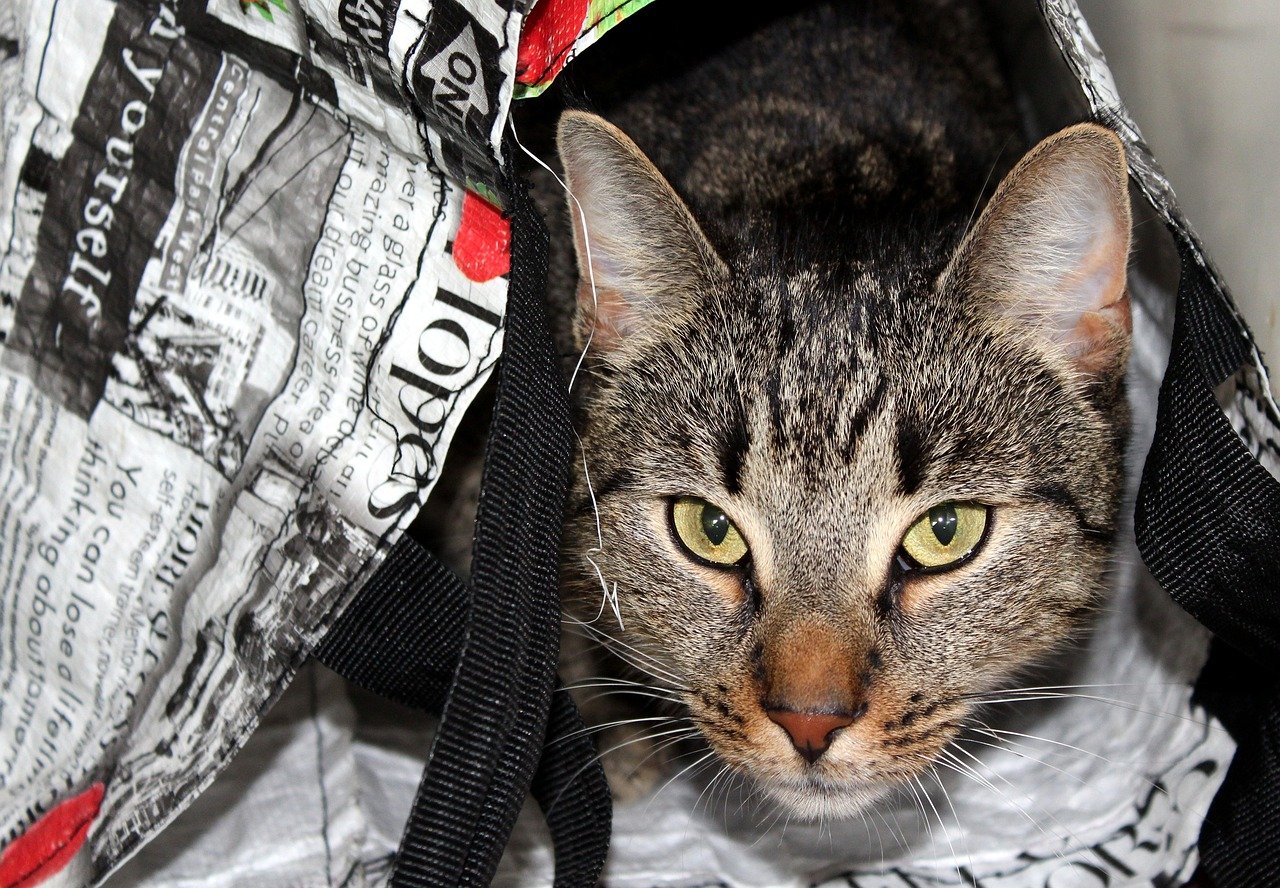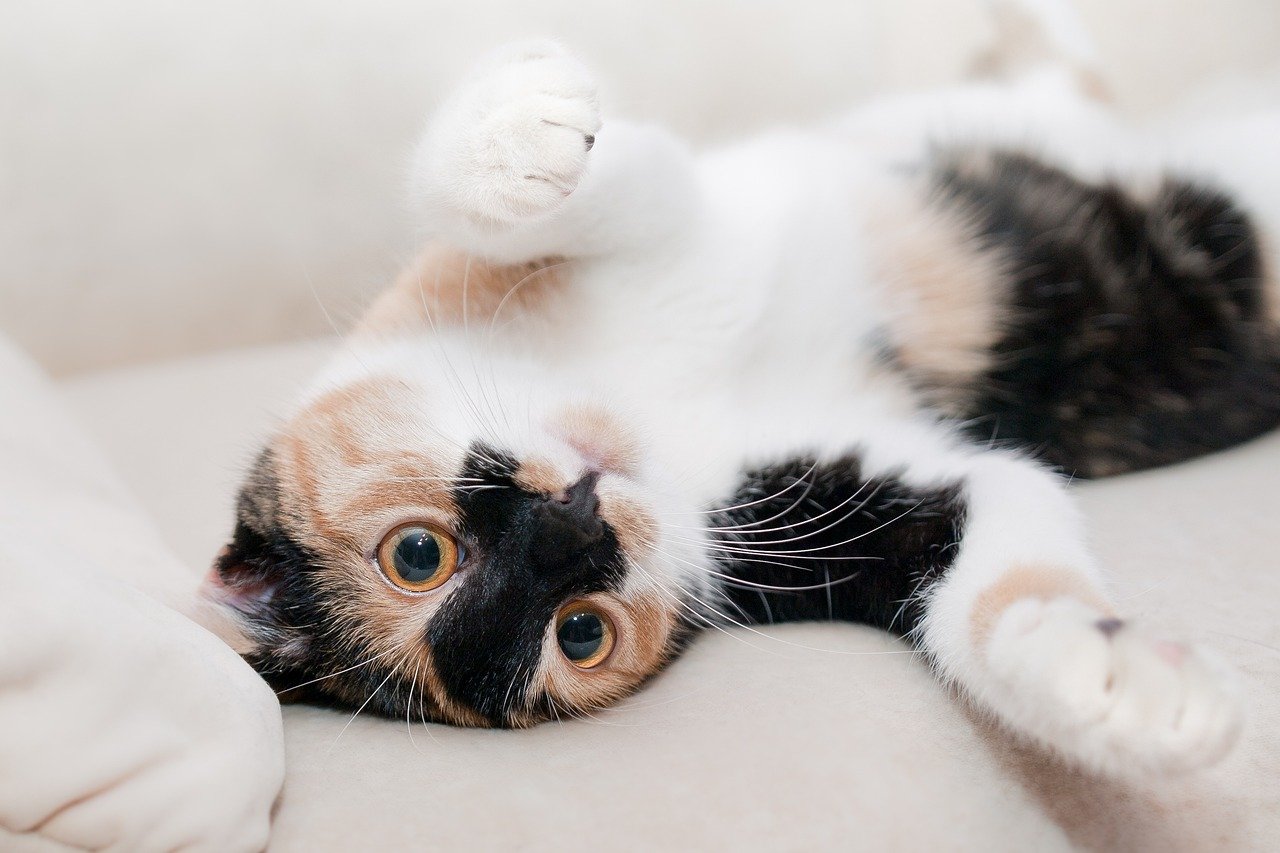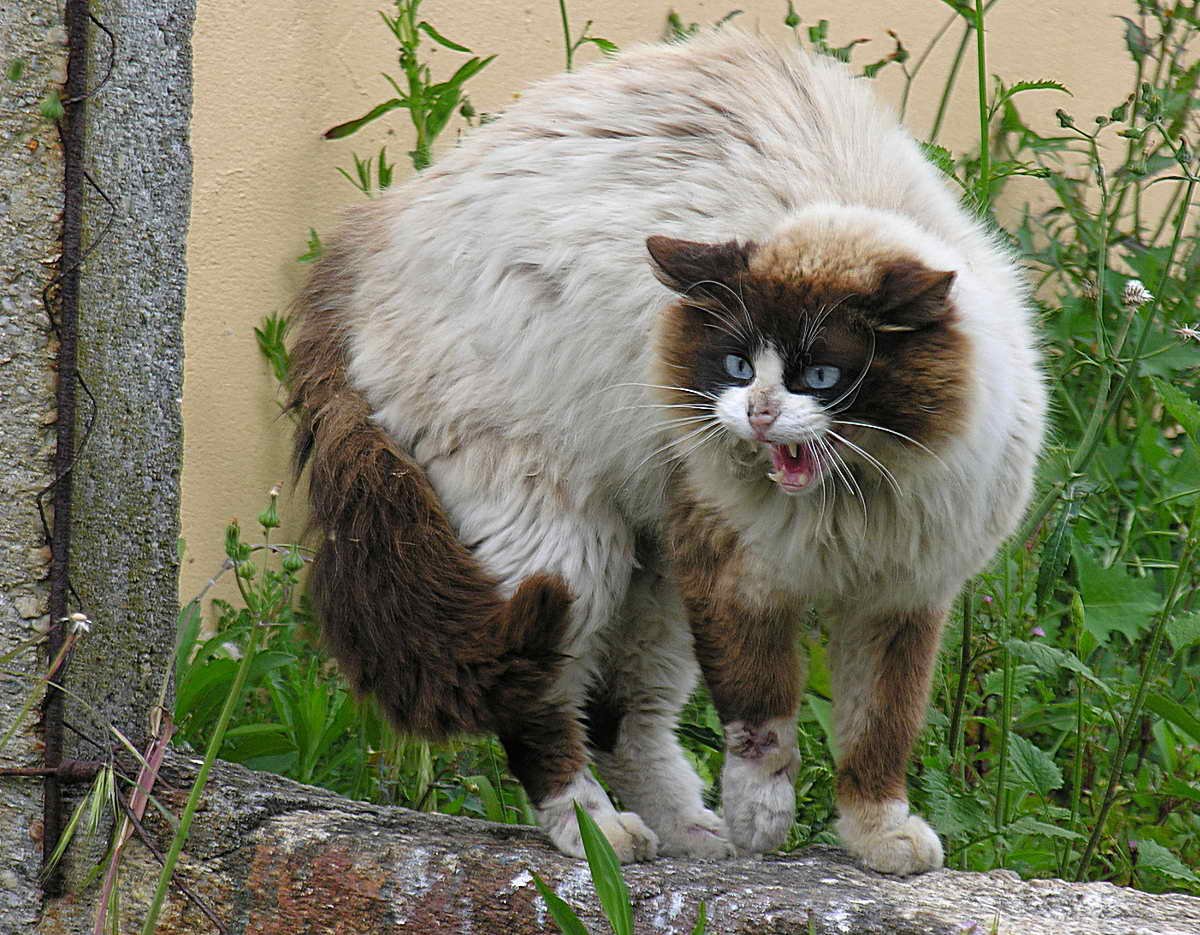Have you ever looked into the eyes of a rescued cat and wondered what stories they hold? Behind every cautious glance and gentle purr lies a journey filled with hope, fear, and transformation. The emotional milestones rescued cats cross are nothing short of astonishing. From trembling in a dark shelter corner to curling up beside a loving human, each step is a testament to their resilience and willpower. If you’ve ever welcomed a rescued cat into your life, you know the road can be bumpy, but the rewards are deeply moving. Let’s take a heartfelt look at the emotional milestones these remarkable felines experience as they learn to trust, love, and thrive again.
First Encounter with Freedom
The moment a cat leaves a shelter or rescue situation is both exhilarating and terrifying for them. Suddenly, the world opens up with new sights, sounds, and smells—a complete sensory overload. Many cats freeze, wide-eyed, unsure of what to expect. Some might dart under furniture or hide in shadows, clinging to any sense of safety they can find. This first taste of freedom is a mix of confusion and hope, like stepping onto a new planet without a map. For the first time, they sense things could change, even if they don’t fully trust it yet. The uncertainty in their eyes is heart-wrenching, but it’s also the first step toward healing.
The Shelter of Hiding

Hiding is almost instinctual for rescued cats. They wedge themselves beneath beds, behind curtains, or inside closets, seeking a safe haven from the unknown. This behavior isn’t just shyness; it’s a survival mechanism developed from past trauma or neglect. Their new environment, though potentially loving, is still unfamiliar and overwhelming. For days, sometimes weeks, their only comfort is solitude and darkness. Observing from their secret spot, they learn the household’s sounds and routines, slowly piecing together what’s safe and what’s not. Every rescued cat needs this quiet cocoon before daring to emerge—think of it as their emotional armor.
Testing the Waters of Trust
Once a cat feels a sliver of safety, curiosity tiptoes in. They might peek out from their hiding place or venture a paw into the open. This is a fragile, beautiful milestone—like a sprout breaking through the soil after a long winter. Trust is not given lightly, especially for a cat who’s faced hardship or betrayal. It might start with accepting treats from your hand or tolerating your presence nearby. Each tiny act of bravery deserves celebration. The bond that begins here is built on patience, empathy, and gentle encouragement, showing your cat that humans can indeed be kind.
The First Playful Moment

There’s something magical about seeing a rescued cat play for the first time. Maybe it’s a tentative bat at a feather toy, or a sudden burst of zoomies across the living room. Play signals a shift from survival mode to enjoyment—a sign that a cat is beginning to feel at home. This milestone is often filled with laughter and joy, both for the cat and the humans watching. Even the most stoic cats can’t resist the allure of a crinkly ball or a dangling string forever. When playfulness emerges, it’s like watching a wilted flower bloom again, vibrant and full of life.
The Courage to Eat Openly
A rescued cat eating in the open, rather than sneaking bites when nobody’s watching, is a huge emotional leap. Eating is one of the most vulnerable acts for animals, so when a cat feels safe enough to eat around people, trust is blossoming. At first, many rescued cats may only eat at night or when the room is empty. With patience and routine, they learn that food is always available and that mealtimes can be peaceful, even shared. This simple act is loaded with meaning—it’s an unspoken agreement that their new home is one of comfort, not competition or fear.
Responding to Affection
One of the most emotional milestones is when a rescued cat seeks or accepts affection. The first purr, the hesitant head bump, or the gentle knead of paws on a soft blanket can bring tears to a cat lover’s eyes. For many rescued cats, touch has been associated with fear or pain, not love. The moment they lean into a pet or curl up on your lap signals the breaking of old chains. It’s as if they’re saying, “I want to trust again.” This stage can take weeks or months to arrive, but when it happens, every minute of waiting feels worth it.
Recognition of a Safe Space
Over time, rescued cats form attachments to specific spots in their new home—a sunny windowsill, a plush bed, or even a cardboard box. These chosen spaces become their personal sanctuaries, evidence that they feel safe enough to claim territory. Cats are creatures of habit, and when they finally settle into a favorite spot, it’s a huge indicator of emotional security. Watching a rescued cat stretch, yawn, and nap in the open is a victory for both cat and caregiver. This milestone is a quiet one, but it speaks volumes about their growing confidence.
Building Routines and Habits
Routine brings comfort to rescued cats who once lived in chaos or uncertainty. Simple daily rituals—feeding times, play sessions, or even morning greetings—help them predict what comes next. This predictability eases anxiety and builds trust in their new environment. As routines solidify, you’ll notice your cat anticipating your schedule, perhaps waiting by the door or meowing for dinner. These habits might seem minor, but for a traumatized cat, they’re pillars of stability. It’s like watching a puzzle come together, each piece clicking into place with newfound security.
Expressing Their Unique Personality
One of the most heartwarming milestones is seeing a rescued cat’s true personality emerge. Maybe your shy tabby becomes a chatty companion, or your stoic senior discovers a love for belly rubs. As fear melts away, quirks and preferences shine through—some cats are playful clowns, others are gentle shadows. This stage is a celebration of individuality. You finally meet the cat beneath the layers of trauma, and they meet the person willing to nurture their spirit. Every odd habit and silly antic is proof of a spirit rekindled.
Seeking Out Social Interaction
After a period of solitary observation, many rescued cats begin to seek out human (and sometimes animal) company. You might find them following you from room to room, weaving between your legs, or sitting close by during quiet moments. This desire for connection is deeply moving, especially if the cat was once withdrawn or fearful. Social interaction doesn’t always mean cuddling; sometimes it’s simply sharing space or mirroring your routines. This milestone is a sign that the cat sees you as part of their family—a privilege not given lightly.
Learning to Communicate Needs

Rescued cats gradually learn how to communicate their needs—be it hunger, play, or simply wanting attention. You’ll start to recognize their meows, tail flicks, and gentle taps as requests or invitations. This newfound communication is a powerful sign of trust. The cat is confident that their voice will be heard and their needs will be met. Sometimes, rescued cats become quite vocal, as if making up for lost time. It’s a beautiful exchange: you learn their language, and they learn yours, building a bond rooted in understanding.
Overcoming Triggers and Fears
Many rescued cats arrive with deep-seated fears—loud noises, sudden movements, or specific objects can send them into panic. Over time, and with gentle guidance, they begin to confront and overcome these triggers. The first time your cat doesn’t bolt at the sound of the vacuum or no longer flinches when you reach out is a monumental moment. These victories, though small on the surface, are monumental for the cat’s sense of safety. Watching them grow braver each day is a testament to patience and unconditional love.
Establishing Bonds with Other Pets
If there are other pets in the home, forming relationships with them is a major milestone. Rescued cats may initially hiss, growl, or hide from their new companions. With time and careful introductions, many learn to coexist peacefully, and sometimes even form close friendships. Mutual grooming, play, or simply napping in the same room signals acceptance and belonging. These relationships offer comfort and companionship, further anchoring the rescued cat in their new life. Witnessing a once-scared feline curl up beside a dog or another cat is nothing short of heartwarming.
Initiating Contact and Play
The day a rescued cat initiates play or affection is unforgettable. Maybe they drop a toy at your feet or nudge your hand for pets. This proactive behavior shows a dramatic emotional shift—from passive observer to active participant in their environment. It’s a declaration of comfort and desire for interaction. Owners often describe these moments as breakthroughs, marking the cat’s true integration into the family. This milestone is proof that the cat not only feels safe but also confident enough to express their wishes.
Showing Curiosity and Exploration
Curiosity is a sign of recovery in rescued cats. Instead of lurking in the shadows, they begin to explore the house, investigate new objects, and watch the world from windowsills. Their natural feline inquisitiveness returns, replacing anxiety with wonder. You might find your cat inspecting shopping bags, climbing onto furniture, or chasing imaginary prey. This adventurous spirit is a clear sign that the cat feels secure enough to embrace their surroundings. Curiosity signals the return of joy and the reclaiming of a childhood they may never have had.
Displaying Contentment and Relaxation
A content rescued cat is unmistakable—relaxed posture, slow blinks, and soft purring all signal deep comfort. When a cat sprawls out in the sun, kneads a blanket, or lies belly-up, they’re displaying total trust. Contentment is hard-won for many rescued cats, making it all the more precious. These scenes of peace are reminders that healing is possible, and that love can create miracles. Each sigh and stretch is a thank you in its own silent, feline way.
Showing Resilience After Setbacks
Recovery isn’t always a straight path. Rescued cats may regress after a loud noise, a new visitor, or a trip to the vet. What’s remarkable is their resilience—the ability to bounce back and reclaim their progress. Each comeback from a setback is an emotional milestone in itself. Owners play a vital role here, offering reassurance and routine to help their cats recover. The ability to weather storms and return to joy is a defining trait of rescued felines, and it never ceases to inspire awe.
Developing a Sense of Ownership
Eventually, many rescued cats begin to act like true kings and queens of their domain. They may “patrol” the house, guard favorite spots, or even assert themselves with gentle nudges and playful antics. This sense of ownership reflects their growing confidence and comfort. It’s a sign that the cat views the house not as a temporary shelter, but as their forever home. This transformation is both miraculous and deeply satisfying for those who witness it.
Displaying Loyalty and Attachment
Over time, rescued cats often form deep, loyal attachments to their caregivers. They greet you at the door, follow you from room to room, and sometimes even “protect” you from perceived dangers. This loyalty is earned, not given, and is a testament to the bond you’ve built together. The attachment can be subtle—a lingering glance, a gentle touch—or overt, like sleeping beside you every night. These connections run deep, offering comfort and companionship that only a rescued animal can provide.
Becoming a Source of Comfort
Perhaps the most touching milestone is when a rescued cat offers comfort in return. They sense when you’re sad, sick, or stressed, responding with purrs, head-butts, or simply quiet company. The roles reverse, with the once-vulnerable cat becoming a source of solace and love. This mutual support is the heart of the human-animal bond. It’s a living reminder that rescued cats don’t just heal—they help heal us, too.
Embracing Life with Confidence
The final milestone is a rescued cat fully embracing their new life. They strut with confidence, greet visitors without fear, and radiate joy in everyday moments. Their journey from trembling rescue to proud family member is nothing short of inspiring. These cats remind us that, no matter the scars of the past, there is always hope for a brighter future. Their transformation is a story of courage, resilience, and the incredible power of love.
Hi, I’m Bola, a passionate writer and creative strategist with a knack for crafting compelling content that educates, inspires, and connects. Over the years, I’ve honed my skills across various writing fields, including content creation, copywriting, online course development, and video scriptwriting.
When I’m not at my desk, you’ll find me exploring new ideas, reading books, or brainstorming creative ways to solve challenges. I believe that words have the power to transform, and I’m here to help you leverage that power for success.
Thanks for stopping by, Keep coming to this website to checkout new articles form me. You’d always love it!






